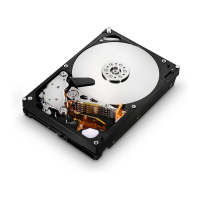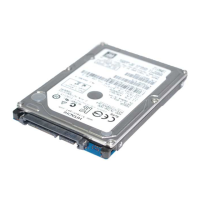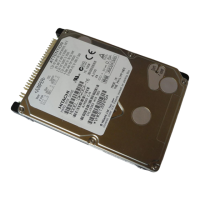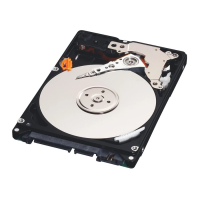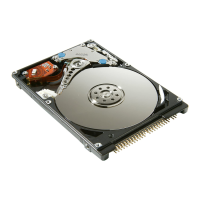Item Description
identical data is written to the primary and secondary disk drives.
Further, data is scattered on the two RAID pairs.
Advantage RAID 1 is highly usable and reliable because of the duplicated data. It
has higher performance than ordinary RAID 1 (when it consists of two
disk drives) because it consists of the two RAID pairs.
Disadvantage Requires disk capacity twice as large as the user data.
Item Description
Description Mirror disks (duplicated writing) The two parity groups of RAID 1(2D
+2D) are concatenated and data is scattered on them. In the each
RAID pair, data is written in duplicate.
Advantage This configuration is highly usable and reliable because of the
duplicated data. It has higher performance than the 2D+2D
configuration because it consists of the four RAID pairs.
Disadvantage Requires disk capacity twice as large as the user data.
The following figure illustrates a sample RAID 1 (2D+2D) layout. a stripe of
mirrored pairs. Therefore, when we say RAID-1 in the context of a Hitachi
Data Systems enterprise HUS VM system, we mean the same thing as when
we say RAID-10 in the context of an AMS modular system. Note that
alternative RAID 0+1 used by some vendors is quite different, as it is the
very vulnerable mirror of two RAID-10 stripes, where if one disk fails, all
protection is lost. In a mirror of stripes, it’s not that you lose the data on a
single drive failure, because after all, it’s still a mirror, but in a mirror of
stripes if one drive fails, the entire stripe goes down, and you are very
vulnerable to a 2nd drive failure in the other stripe. In Hitachi RAID 1 (RAID
10) where we have a stripe of mirrors, if two drives fail in different mirror
pairs, then each mirror pair is still alive within the stripe and thus no data is
lost.
2-4
Hardware architecture
Hitachi Unified Storage VM Block Module Hardware User Guide

